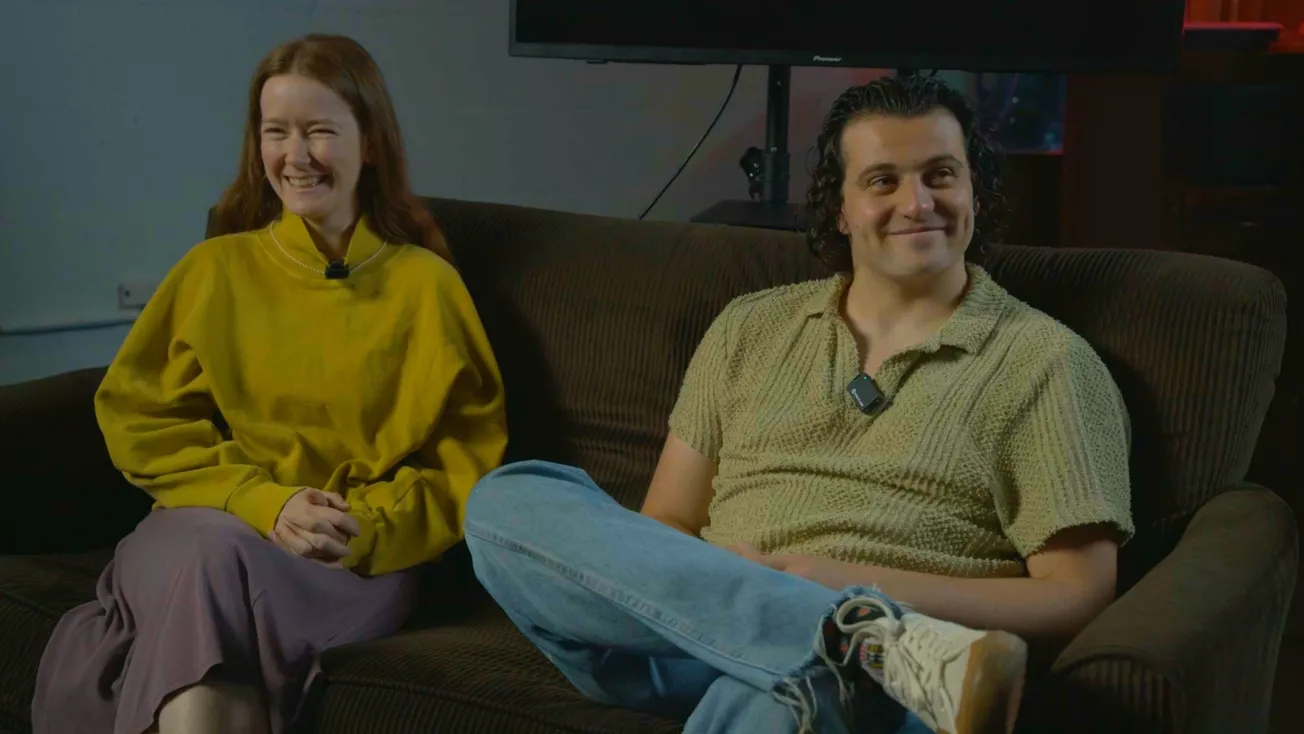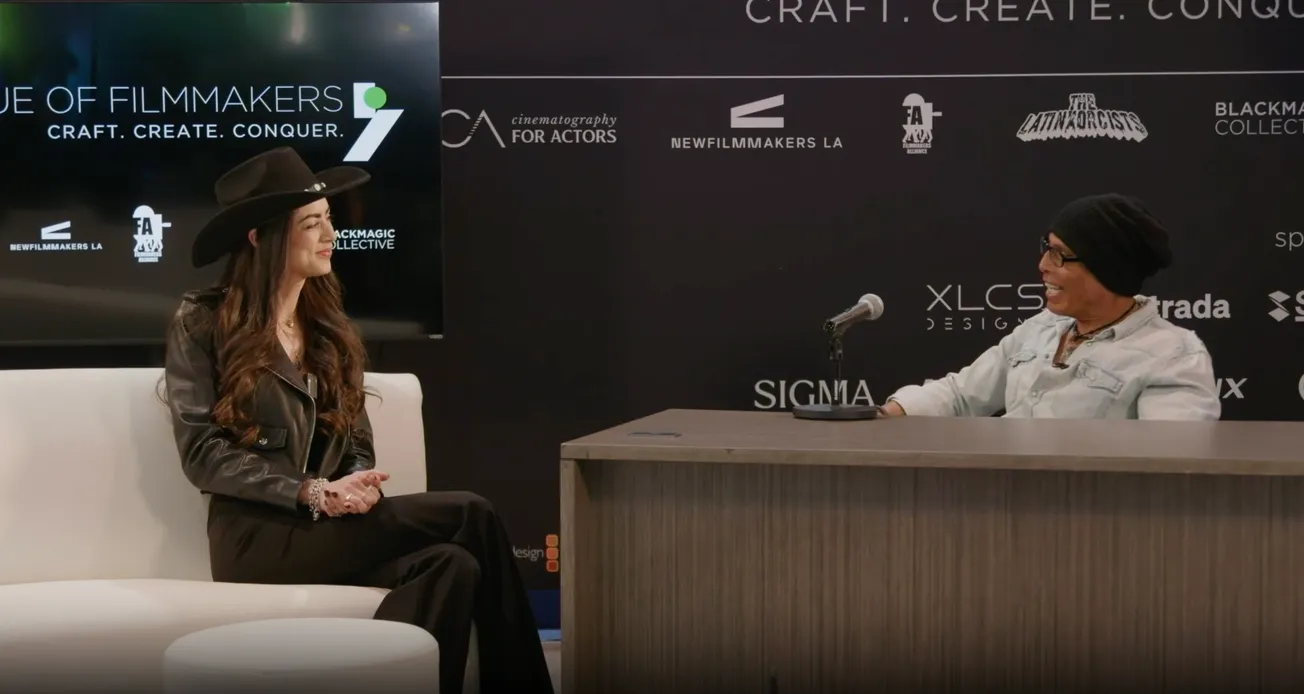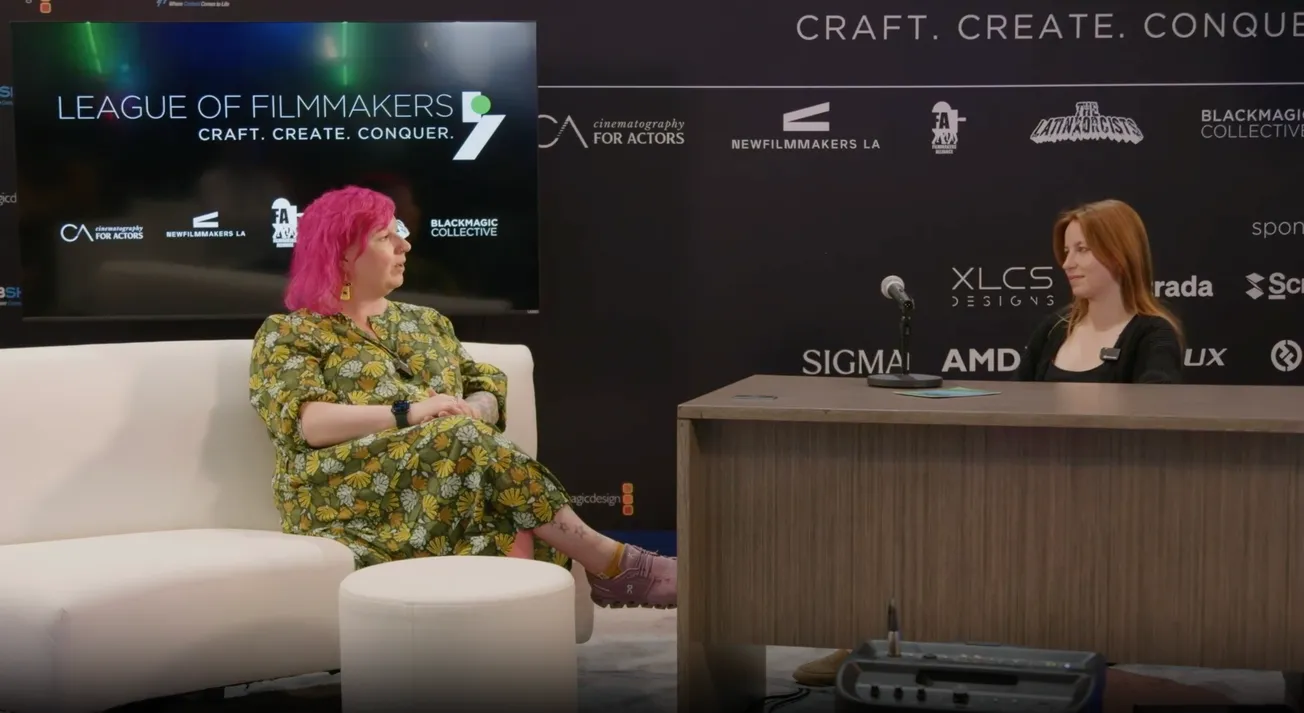Table of Contents
Creating a film within a limited timeframe can be a daunting task, but it can also lead to unique artistic expressions. In this article, we delve into the experiences of filmmakers Sarah Nixon and Evan Rashby, who co-directed the short film “For Sale” for a 72-hour challenge organized by Cinematography for Actors (CFA). Their insights highlight the importance of collaboration, adaptability, and preparation in filmmaking.
The Genesis of "For Sale"
Sarah and Evan, who already had a successful collaboration on Sarah's previous feature film, Flesh and Blood, discussed the idea of entering the CFA competition together. Evan, who had recently started directing, wanted to explore this new terrain with Sarah.
“We said, let’s give it a shot. And yeah, I think it turned out to be really fun.” - Evan Rashby
Crafting the Story
The duo collaborated with their lead actor, Florian Anderson, and DP Aaron Meinhart to brainstorm the film’s storyline. With the CFA challenge allowing for some pre-writing before the official timeframe began, the team met to develop ideas. They agreed on the concept of a car sale, a storytelling device that resonated throughout the film.
Filmmaking on a Tight Schedule
Understanding that time is often limited in filming competitions, the team focused on creating a cohesive story that could be shot in one location.
Key Takeaways on Preparation:
- Shot List: A detailed shot list can streamline the filming process and manage time effectively.
- Location Scouting: Familiarity with the shooting location before filming can save crucial hours during production.
- Flexible Scheduling: Embrace flexibility; adaptations often lead to unexpected creative outcomes.
Challenges Faced During Production
During the shoot, it quickly became apparent that time management was critical. The team had to navigate shooting outdoors, which added challenges as daylight waned. The crew was small—consisting of just Sarah, Evan, Aaron, and their actors—requiring everyone to take on multiple roles.
“It’s really nice to work with someone else… If I didn’t have any idea, maybe Evan had an idea, or vice versa. I thought that was really fun.” - Sarah Nixon
The close-knit nature of the crew contributed positively to the collaborative atmosphere, allowing for quick decisions on the fly.
The Importance of Collaboration
Co-directing provided Sarah and Evan the opportunity to bounce ideas off each other, fostering an environment of supportive creativity. This collaboration alleviated the solitary pressure often faced by directors. Their synergy enabled them to capture the emotional core of the film effectively.
No Score, Just Emotion
Opting to forgo a musical score was a deliberate decision, highlighting the raw emotion of the visuals and dialogues, allowing audiences to engage with the film’s subtext rather than being guided by a score.
“Sometimes it’s nicer to just end on something kind of quiet… being alone with your feelings,” said Sarah about the decision to keep the film score-free.
Reflecting on their experience, Sarah and Evan offered invaluable advice for others embarking on similar filmmaking challenges:
- Preparation is Key: Shot lists and plans can save precious time.
- Stay Flexible: Embrace changes and adapt to circumstances.
- Respect the Team: Kindness and collaboration are crucial in stressful situations.
Ultimately, the process of making “For Sale” served not only to produce a film but also to reinforce community bonds within the filmmaking world, aligning perfectly with CFA’s values of support and collaboration for underrepresented creatives.






